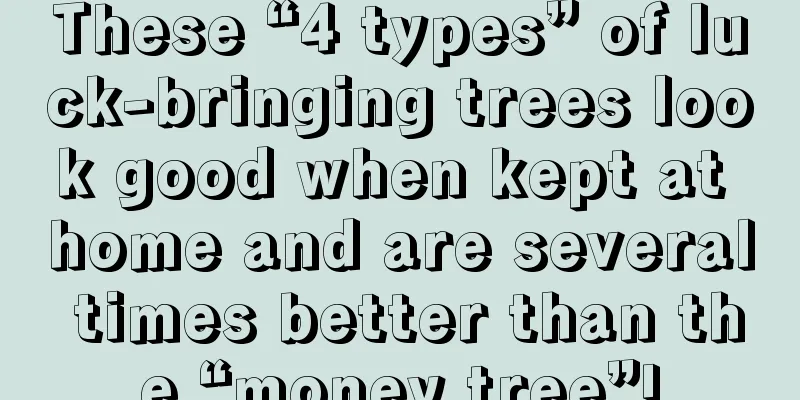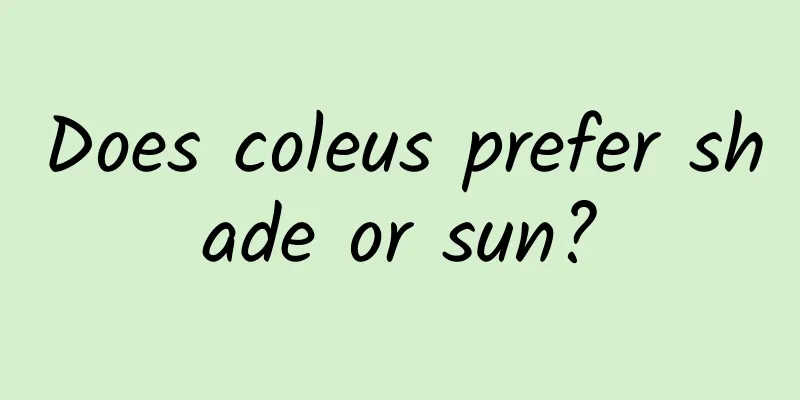How to grow Clivia miniata

1. Potting soilTo care for Clivia miniata, you need to use a suitable pot. Because its root system is relatively long, it is best to use a deep and thin stick pot to facilitate the growth of its roots. The soil must be fertile and have sufficient organic matter. It is ideal to use fallen leaves or semi-rotten leaves of the Fagaceae family for cultivation. If there is no way to obtain it, you can use peat plus granular soil and a certain amount of base fertilizer to mix it for cultivation. 2. LightThe large-flowered Clivia prefers bright scattered light, is afraid of direct sunlight, and can tolerate partial shade. If the light is too strong, the leaves of the flower will be burned, and if it is too dark, it will grow too tall. 3. WaterClivia requires slightly moist soil in the pot to grow. Its roots are fleshy, and water accumulation will cause root rot. If it is too dry, the leaves will become dull and narrow, and the performance characteristics will be poor. 4. TemperatureThe ideal growth temperature for Clivia miniata is around 20 to 25 degrees. The recommended temperature for wintering is above 5 degrees. If it is below 5 degrees, frost damage will occur. If the temperature is above 35 degrees, it will be in a dormant state. A temperature difference of about 10 degrees between day and night is very helpful for its flowering. 5. FertilizationDuring the maintenance process, the soil of Clivia should be changed once every one to two years. It is a potted flower that likes fertilizer, so except for the dormant period, it needs to be given a thin liquid fertilizer every ten days or so during the growing period to meet its growth needs. 6. Pests and diseasesWhen caring for Clivia, there may be pests such as scale insects. You must observe them in time and wipe them off with a soft cloth or an old toothbrush as soon as possible once you find them. It is not recommended to use pesticides to disinfect it. Manual removal can basically control it. |
<<: How to raise succulent plants
>>: How to grow ice lantern jade dew
Recommend
How to raise the red flower jade in winter
1. Temperature management We all know that the te...
What is the difference between rose cuttings and grafting (the advantages of rose cuttings and grafting)
There are four methods for rose propagation: sowi...
Why doesn't the cactus bloom?
1. Reasonable watering 1. Reason: Water is necess...
Can the red spider lily be hydroponically cultivated?
Can the red spider lily be cultivated hydroponica...
How to cultivate Koelreuteria paniculata
1. Maintenance methods 1. Temperature: It can wit...
How to hydroponically cultivate pink palm
Select pot Choose a flowerpot according to the si...
Planting and Management of Cherry Trees
As a popular fruit , cherries always attract many...
How to grow jasmine
Table of contents 1How to grow jasmine ▪Potting so...
How does the trunk of the Osmanthus fragrans grow thicker?
1. Plenty of sunlight If you want the trunk of th...
How to grow dahlias at home
Dahlia Growing Conditions Dahlias generally grow ...
Can yew be exposed to the sun?
1. Can I sunbathe? Yew can be exposed to the sun,...
How to fertilize Datura
How to fertilize Datura: During the seedling peri...
How to prune the seeds of fortune
When to prune the seeds of wealth The pruning of ...
When and how to repot Clivia, how to water after repotting
1. Time to change pots It is best to repot Clivia...
How to care for mountain roses during dormancy
Dormant period After the growing period, mountain...









